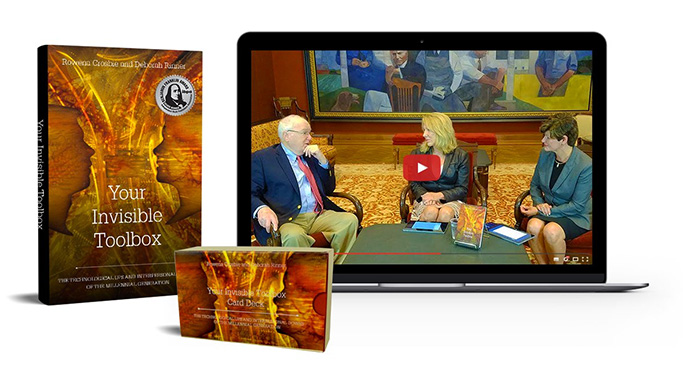The first few minutes of a presentation are when speakers are the most apprehensive. They are also some of the most important minutes of your presentation. People will form an impression of you very quickly so your introduction must be strong. Prepare your introduction in advance and practice it so that your first few minutes of the presentation are strong ones.
At Tero, we discourage people from opening a presentation with a joke because jokes can be risky on many fronts. There are some obvious risks such as the joke can offend a person or a group of people. Beyond being offensive, if the joke isn't related to the topic or isn't funny to the entire group, your credibility may be damaged - a high risk to take early in a presentation.
In your introduction, you have two main goals:
1. Set the tone for your presentation by developing rapport and establishing credibility. Rapport is developed by making a connection with your listeners. This can be done through offering a sincere compliment to the audience and/or sharing something about yourself that the audience can relate to.
2. Share your objective. When you state your objective for the presentation, it helps your audience understand the purpose of the presentation and how they are going to be investing their time.
The following are examples of several types of presentation openings.
Overview: State the subject area in general terms. For example, in a report on sales in a specific state, you might start with an overview of the region.
Start Small: Start with a specific part of the subject. You might begin by discussing sales of pencils and then broaden to sales of all office supplies.
Stage-setter: Discuss the background for your topic. For example, to oppose tearing down an important monument, you might begin by talking about why it was put there originally.
Importance: Use the reason for your message as your beginning. This kind of beginning answers such questions as, "Why this message?" "Why this audience?" "Why this occasion?"
Comparison: Compare an unrelated topic with your subject. This is useful when your audience members know little about your subject, but might understand it better if you compare it with something they do understand. For instance, you might teach racquetball to people by comparing it with tennis if they play that sport.
The following are some questions to think about as you are developing your opening:
What sincere compliment can you pay to your audience, their profession or their organization?
What can you share about yourself that your audience can relate to?
What can you say to establish your credibility with this audience?
What will you say to establish the objective for your audience?
What will you say to explain to the audience how the time will be spent?
What visual aid can you use to grab audience attention?
What technique for engaging the audience can you use to get audience attention and interest?
The Your Invisible Toolbox® Movement tackles the challenges most individuals, teams, and organizations face. An award-winning book paired with a companion YouTube show and card deck, provide a unique set of research-based tools, put together in an easy-to-apply road map to success.
Find Out More and Join The Movement